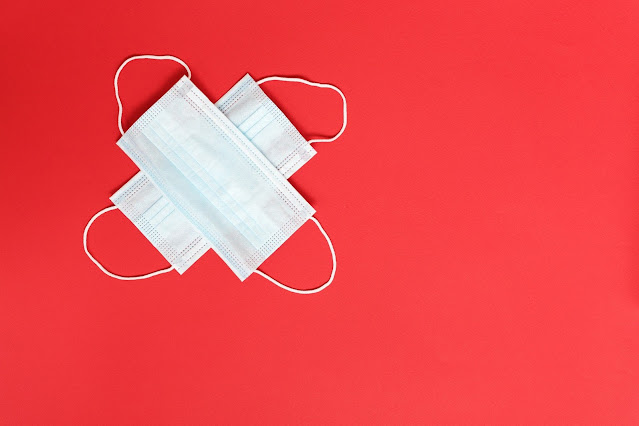Precautions to reduce nosocomial infections.
It's miles important for all healthcare workers to be aware of the problem of nosocomial infections and to take appropriate measures to limit the range of such infections that arise within healthcare centers. The number one way to reduce the wide variety of nosocomial infections is strict compliance with infection manage pointers handwashing is the unmarried maximum essential measure to lessen the risks of transmitting pathogens from one patient to some other or from one anatomic website online to some other at the identical affected person. Handwashing, it particularly relates to healthcare employees, is discussed in the next segment (“popular precautions”). Offered here are common sense, each day, handwashing hints that pertain to everybody:
wash your arms
earlier than you:
prepare or eat
food.
treat a cut or
wound or tend to someone who's sick.
insert or
eliminate touch lenses.
wash your arms
once you:
use the
restroom.
manage raw
ingredients, mainly raw meat, chicken, or fish.
change a diaper.
cough, sneeze or
blow your nose.
touch a pet,
specially reptiles and exceptional animals.
cope with
rubbish.
generally, tend
to someone who is unwell or injured.
wash your palms
inside the following manner:
use warm or
warm, jogging water.
use soap
(preferably an antibacterial cleaning soap).
wash all
surfaces thoroughly, which include wrists, fingers, lower back of fingers,
fingers, and
underneath
fingernails (preferably with a nail brush).
rub fingers
together for at the least 10 to fifteen seconds.
whilst drying,
start with your forearms and work towards your palms and fingertips,
and pat your skin
as opposed to rubbing to keep away from chapping and cracking. Different manner
of lowering the occurrence of nosocomial infections include disinfection and sterilization
strategies, air filtration, use of ultraviolet lights, setting apart
particularly infectious sufferers, and wearing gloves, mask, and gowns each
time appropriate.









0 Comments